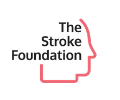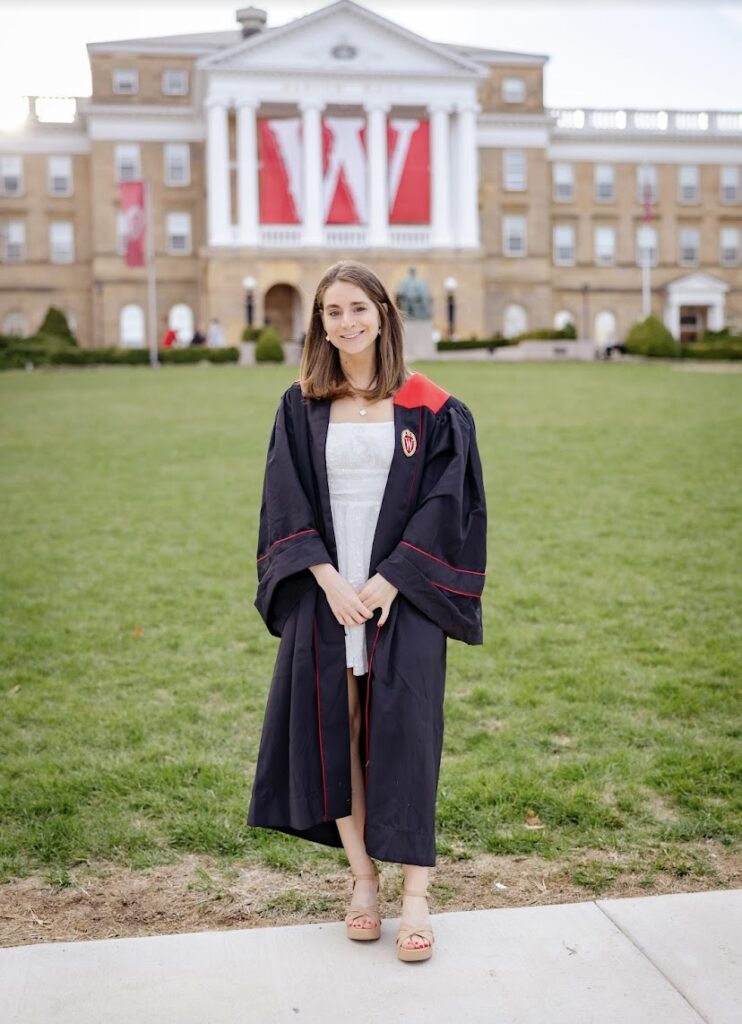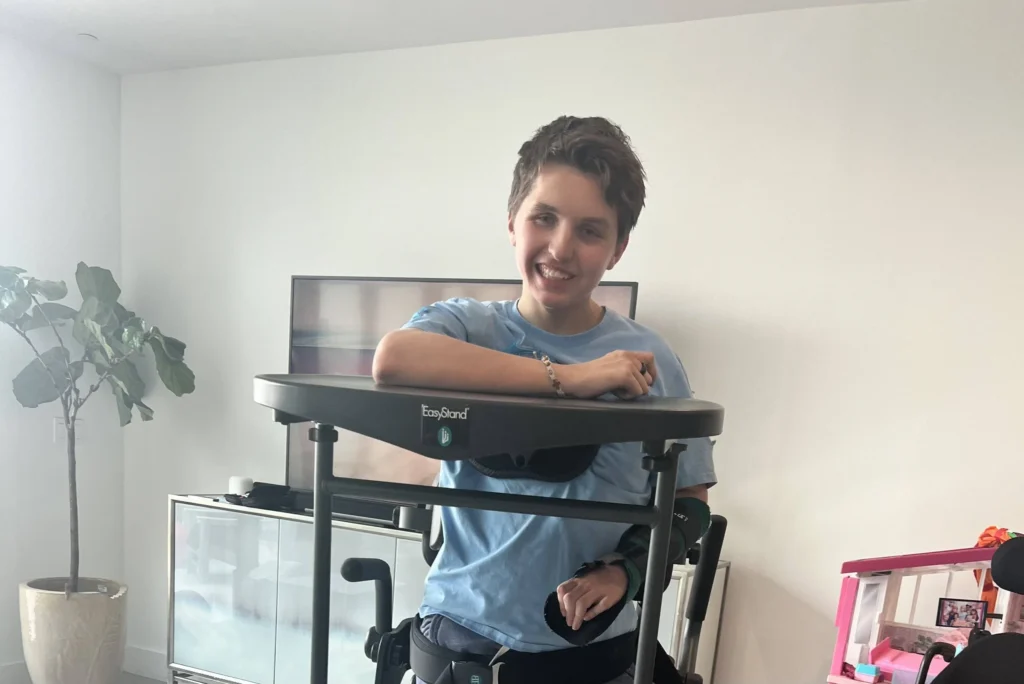A stroke can drastically change one’s life in an instant, and the road to recovery can seem long and uncertain. For many stroke survivors, physical therapy becomes a critical component of that journey, helping individuals regain independence, improve mobility, and rebuild strength. Whether you are a stroke survivor or a caregiver, understanding the role of physical therapy in recovery is key to navigating the rehabilitation process with hope and determination.
The Purpose of Physical Therapy in Stroke Recovery
Physical therapy after a stroke is designed to help survivors recover as much physical function as possible. Strokes can cause weakness or paralysis, typically on one side of the body, as well as balance, coordination, and movement challenges. The primary goal of physical therapy is to help restore movement and functional abilities in everyday activities such as walking, sitting, standing, and even grasping objects.
While the extent of recovery varies depending on the severity of the stroke and how quickly rehabilitation begins, physical therapy often plays a crucial role in regaining lost function. For many stroke survivors, therapy is not only about restoring lost physical abilities but also about rebuilding confidence in their body’s capacity to move again.
How Physical Therapy Helps Stroke Survivors
- Regaining Mobility and Strength: Stroke survivors often experience muscle weakness and joint stiffness, which makes movements difficult or uncomfortable. Physical therapy helps improve muscle strength, coordination, and flexibility, allowing individuals to regain basic skills such as walking, climbing stairs, or even transferring from one position to another, like from bed to a chair.
- Enhancing Balance and Coordination: Falls are a significant concern for stroke survivors due to weakened muscles and compromised balance. Physical therapists work to improve balance and coordination through specific exercises that target both strength and sensory awareness, reducing the risk of falls and promoting greater confidence in movement.
- Improving Cardiovascular Health: Many stroke survivors benefit from aerobic exercises as part of their physical therapy. These exercises improve cardiovascular fitness, endurance, and overall health. Stroke survivors who engage in regular physical activity are also less likely to experience another stroke or other cardiovascular issues.
- Managing Spasticity and Muscle Tone: After a stroke, some individuals develop spasticity, which is a condition that causes muscles to contract involuntarily, leading to stiffness and discomfort. Physical therapy can help manage spasticity by stretching tight muscles, using range-of-motion exercises, and incorporating specific therapies like electrical stimulation.
- Adapting to New Physical Realities: For survivors who do not fully regain certain physical abilities, physical therapists can also teach strategies and adaptive techniques. These methods allow individuals to use assistive devices (e.g., canes or walkers) and modify daily tasks to enhance independence and quality of life.
The Importance of a Personalized Therapy Plan
Stroke recovery is a deeply personal journey, and physical therapy plans are tailored to each survivor’s unique needs. A licensed physical therapist will assess the individual’s physical condition, the severity of the stroke, and the specific goals of recovery. Whether the survivor’s priority is walking independently, returning to hobbies, or simply regaining the ability to perform daily tasks, physical therapists create personalized programs to support each stage of the recovery process.
In some cases, physical therapy may also involve home exercises, as survivors can benefit from continuing their rehabilitation outside of scheduled sessions. These exercises, often simple but targeted, reinforce progress made during therapy and help maintain or improve physical function over time.
The Role of Caregivers in Physical Therapy
Caregivers play an essential role in supporting the stroke survivor’s physical therapy journey. They often provide assistance with exercises at home, help maintain motivation, and offer emotional support throughout the rehabilitation process.
Caregivers can encourage consistent practice of exercises, ensure safety during movements, and help with the use of adaptive devices. By working alongside the physical therapist and the survivor, caregivers become an integral part of the recovery team, helping to create an environment where progress is celebrated and setbacks are overcome with patience and resilience.
A Path to Recovery and Hope
Physical therapy is a cornerstone of stroke rehabilitation, offering stroke survivors the tools they need to rebuild their lives. While the path to recovery can be challenging, every step taken in therapy brings a stroke survivor closer to regaining independence and improving their quality of life. With the support of a skilled physical therapist and a dedicated caregiving team, stroke survivors can achieve meaningful progress—one movement at a time.
As we continue to learn more about stroke rehabilitation, it’s clear that physical therapy remains one of the most effective ways to help stroke survivors regain control over their bodies and their lives. Whether you are a survivor or a caregiver, know that every session, every exercise, and every small victory counts.





